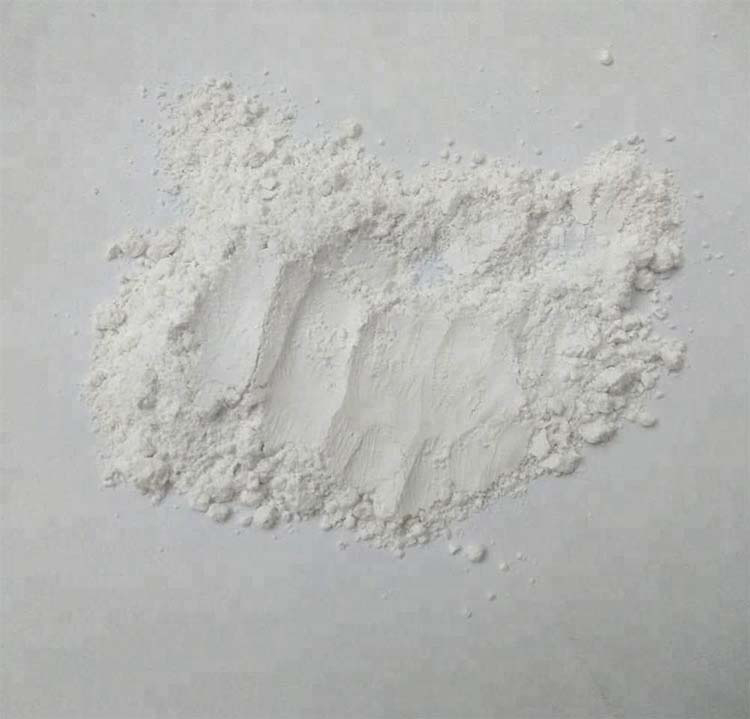Lithopone is a white pigment composed of a mixture of barium sulfate and zinc sulfide and has a wide range of uses in various industries. This compound, also known as zinc-barium white, is popular for its excellent hiding power, weather resistance, acid and alkali resistance. In this blog, we will discuss the different uses of lithopone, lithopone chemical properties and its importance in industrial applications.
One of the main uses of lithopone is as a white pigment in the production of paints, coatings and plastics. Its high covering power and brightness make it ideal for achieving whites in these products. In addition, lithopone is known for its ability to improve the weather resistance and durability of paints, making it a valuable ingredient in outdoor and protective coatings. Its acid and alkali resistance also makes it suitable for a variety of industrial applications.
In the paper and pulp industry, lithopone is used as a filler and coating pigment in paper production. Its fine grain size and low refractive index allow it to enhance the opacity and brightness of the paper, giving it a clear and clean appearance. The use of lithopone in paper production helps improve the printability and visual appeal of various paper products.
Additionally, lithopone is used in the manufacture of rubber products such as tires, conveyor belts, and hoses. It acts as a reinforcing filler in rubber compounds, helping to improve the strength, abrasion resistance and weather resistance of the final product. Adding lithopone to rubber formulations can help improve the overall performance and service life of rubber products in a variety of applications.
In the construction and building materials industry, lithopone is used as a pigment in the production of architectural coatings, wall paints and various building materials. Its excellent coverage and color stability make it an important component in premium paint and coating formulations for architectural and decorative applications. Additionally, lithopone is added to building materials such as plaster, cement, and adhesives to enhance their appearance and durability.
Chemically, lithopone is a stable and non-toxic compound, making it suitable for a variety of consumer and industrial applications. Its chemical composition is barium sulfate and zinc sulfide, which gives it unique properties that are much needed in the manufacture of various products. Its resistance to environmental factors and compatibility with other substances make it a versatile and valuable ingredient in a variety of formulations.
In summary, lithopone is used across a variety of industries, including paints, coatings, plastics, paper, rubber, and building materials. Its chemical and physical properties make it an indispensable ingredient in the production of a variety of products, providing them with enhanced performance, appearance and durability. As technology continues to advance, the demand for high-quality pigments such as lithopone is expected to grow, further cementing its importance in the chemical and industrial sectors.
Post time: Jan-12-2024


